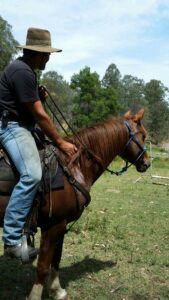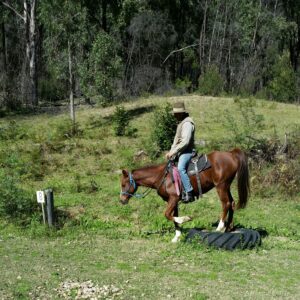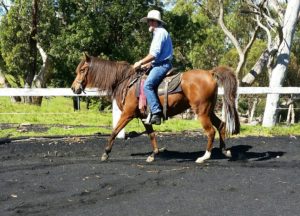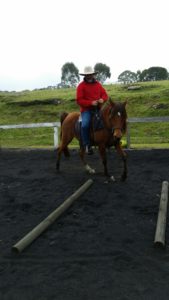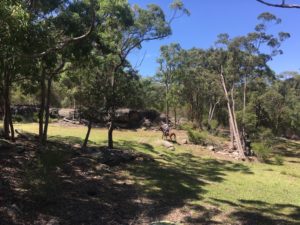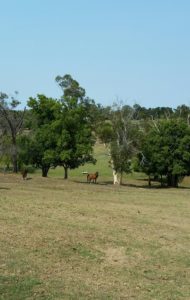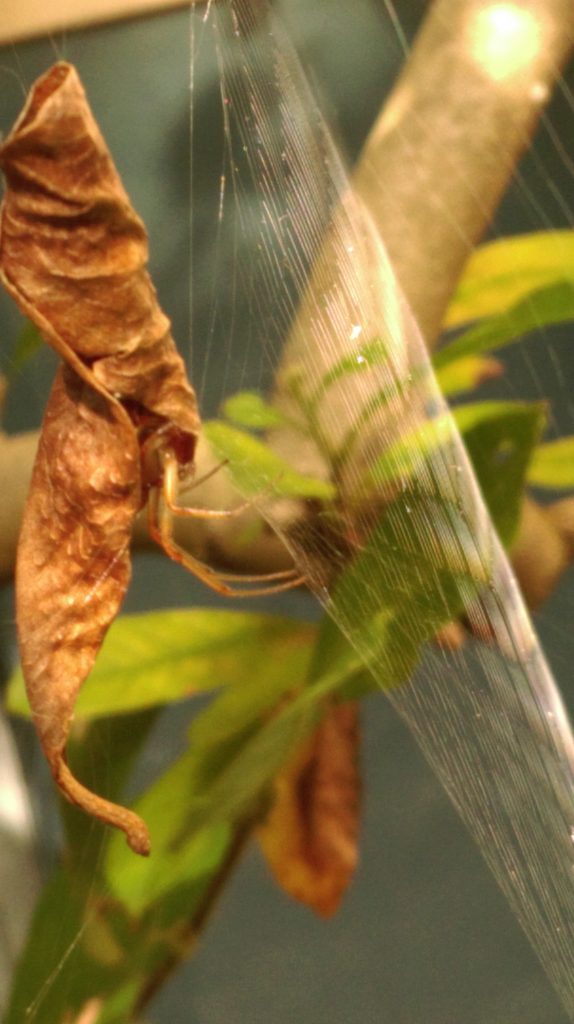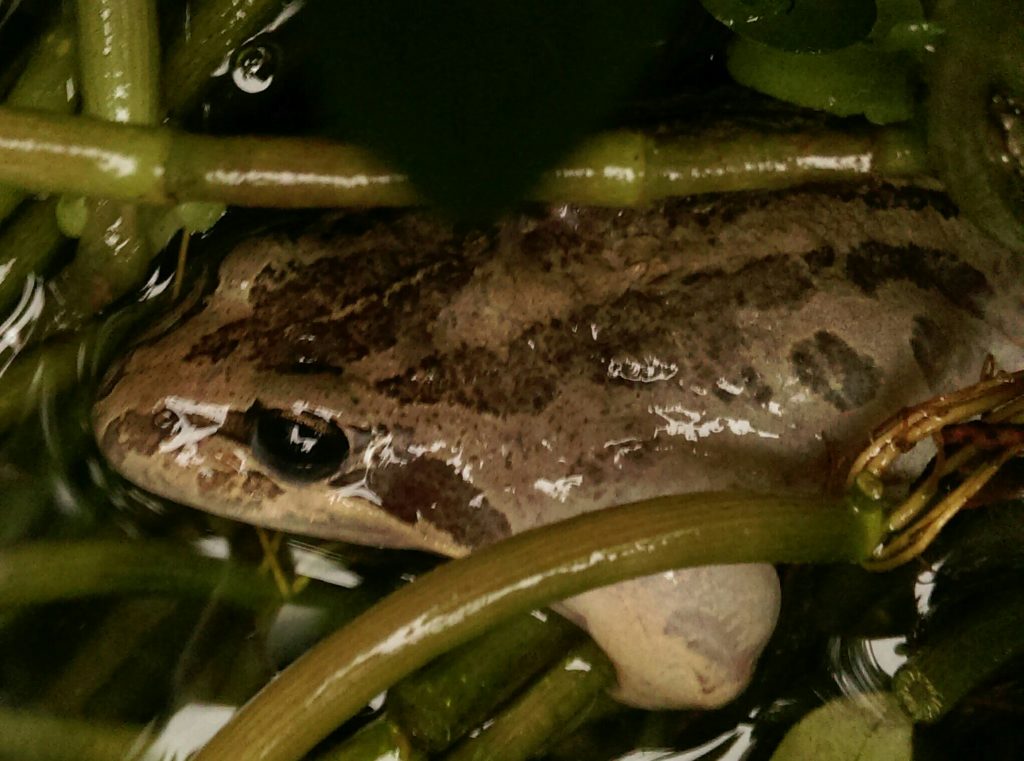‘It has to be a togetherness’ (Tom Dorrance, True Unity, 1987, P 11)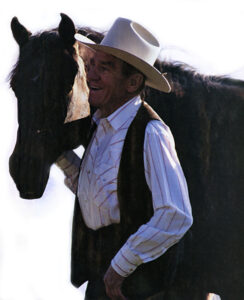
Tom Dorrance insisted that togetherness, ‘this thing between the horse and the person’ could not be learnt through instruction – ‘do this and you get that’. Rather, it was a matter of ‘feel’, something that could only be acquired through full-bodied experience. Speaking of his own experience, he said ‘I try to feel what the horse is feeling and operate from where the horse is’. To feel ‘the whole horse’, he said, involves feeling ‘inside the horse, right in his innards’. And, most importantly, we feel ‘the inside of the horse… from inside of ourselves’. In short, feel is an experience of entwined being (Pp 12-14). To develop an understanding of this experience, in this post I want to introduce the ecological idea of feedback. Continue reading Living in-relation with horses: feedback
